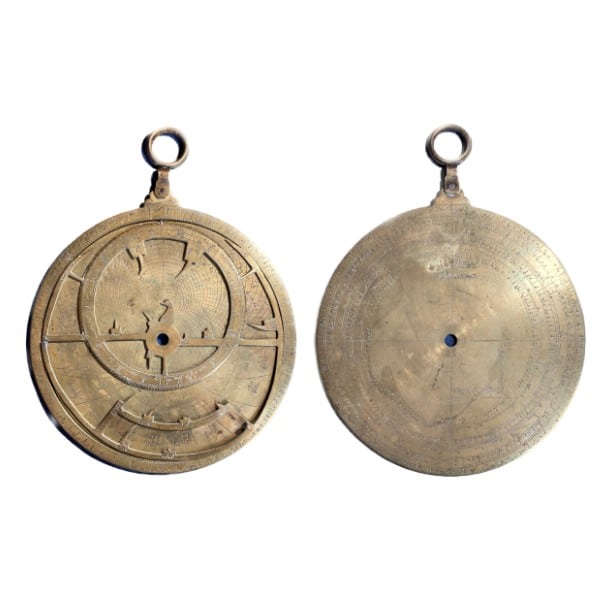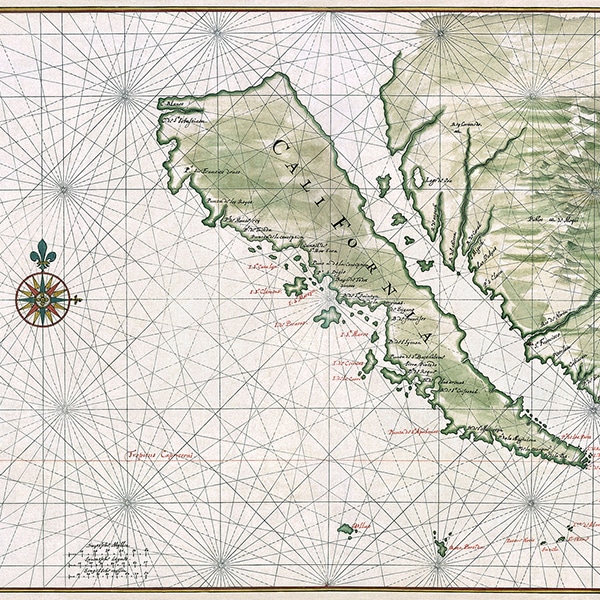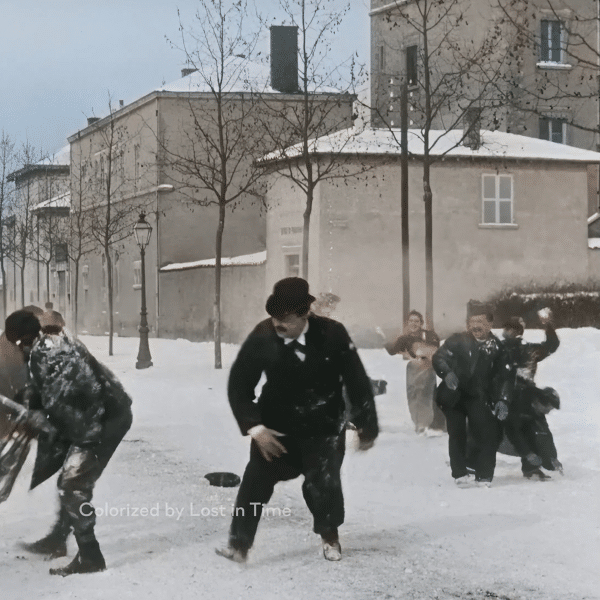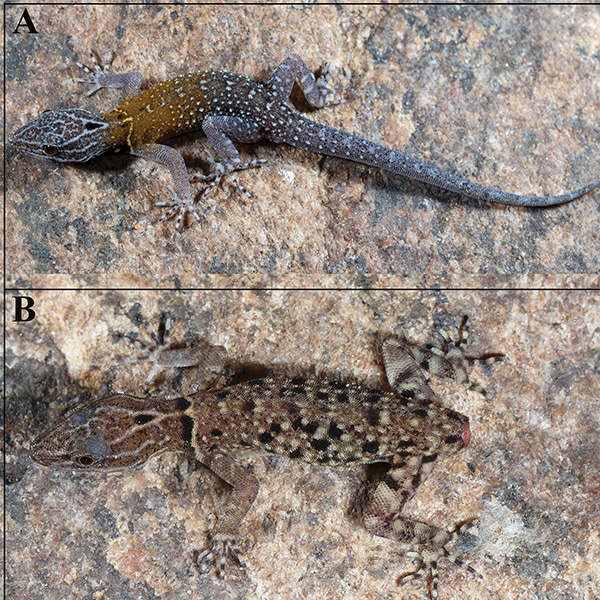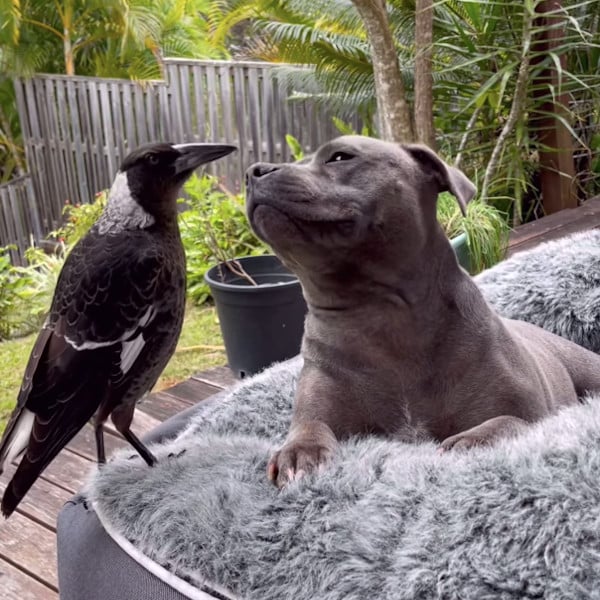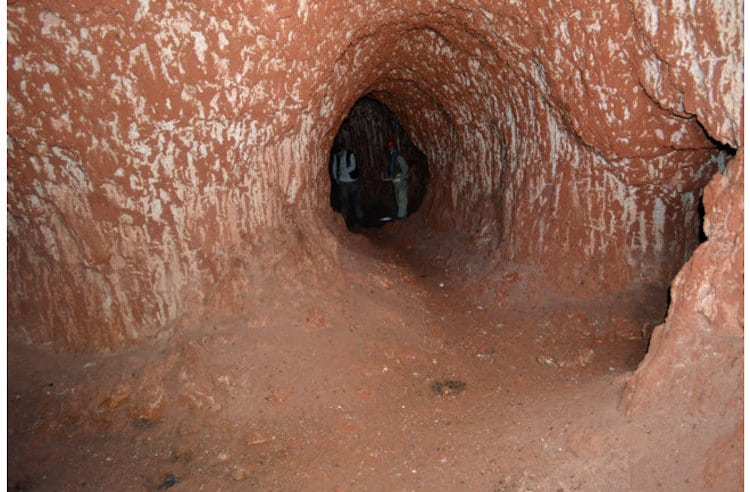
Photo: Amilcar Adamy/CPRM
While you may have heard of underground cities built by humans, what about huge tunnels dug by giant prehistoric sloths? Though it may sound outlandish, it's actually what one finds across southern Brazil. Known as paleoburrows, these enormous tunnels can measure up to 2,000 feet long and over six feet tall. Shockingly, the existence of these caves was relatively unknown until a Brazilian geologist noticed something while driving down the highway.
In the early 2000s, Professor Heinrich Frank of the University of Rio Grande do Sul was driving by a construction site when something caught his eye. There was a strange hole that had been revealed by the site's excavators and Frank couldn't help wonder where it led. A few weeks later he made his way back and entered the hole. Crawling down the 15-foot-long opening, he noticed claw marks across the ceiling of the cave.
Given his expertise, he knew that no natural phenomenon would create a cave with those characteristics. And though he'd never heard of a paleoburrow, he did conclude that it must have been dug out by a large animal. So what is a paleoburrow? Defined as a shelter excavated by a now-extinct animal from the prehistoric era, it's believed that the Brazilian tunnels were created by giant ground sloths or armadillos.
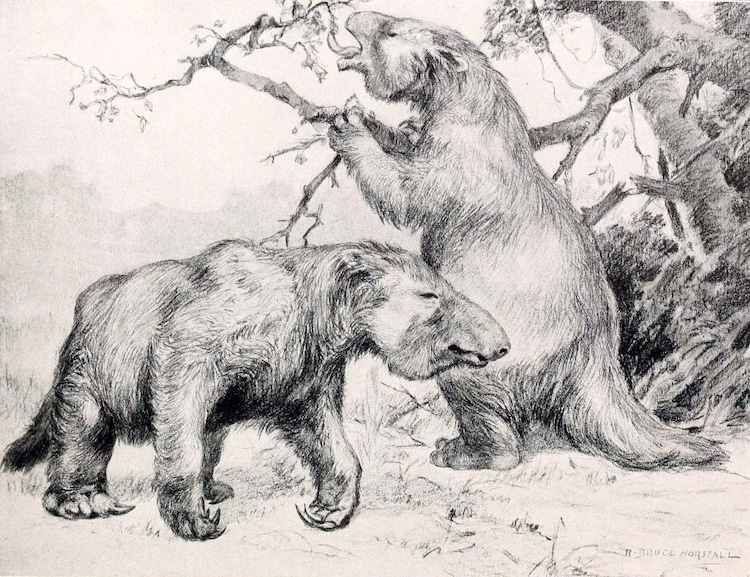
Artist rendering of giant ground sloth (Photo: Robert Bruce Horsfall)
Once Professor Frank got a taste of one tunnel, he went looking for more and was shocked to see just how many were laying in plain sight. By using Google and examining photos people post, he's been able to document over 1,500 paleoburrows. But, now that these areas have been discovered, researchers are in a race against time. Once the tunnels are exposed, they run the risk of being ruined by the elements—or by humans who deface them.
Projeto Paleotocas, which was started by Frank, aims to document as many of these tunnels as possible and also raise awareness about the need to preserve them. As construction goes up—whether it's residential buildings or highways—there's a great risk of losing these sites. And while there is still so much mystery surrounding them, including their exact age and what animal dug them, that is part of what makes the field so exciting.
“This is so important because you can reconstruct the home of a prehistoric animal. This research doesn’t exist in any branch of paleontology. You have the dinosaurs. You have their bones. But you don’t know where they lived. Not us. We find their home,” Frank said. “Our group is on the new frontier in this area. And we wish there were others working with us.”
Southern Brazil is filled with enormous underground tunnels called paleoburrows.
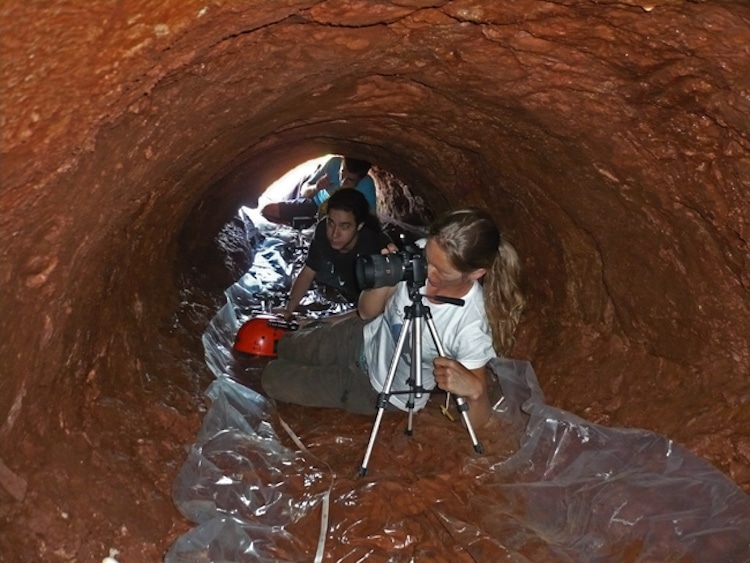
Photo: Projeto Paleotocas
Related Articles:
15,000-Year-Old Bison Sculptures Are Perfectly Preserved in a French Cave
Scientists Discover Fossil of Prehistoric Whale With Legs and Killer Teeth
The Atacama Giant: The Largest Prehistoric Anthropomorphic Geoglyph in the World
Scientists Discover a 17,000-Year-Old Woolly Mammoth Roamed Enough to Circle the Earth Twice











































































